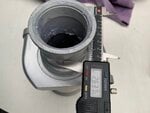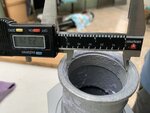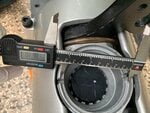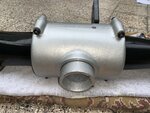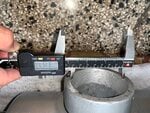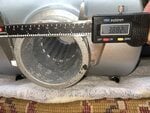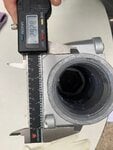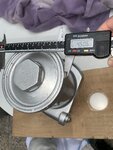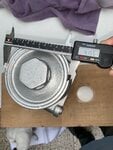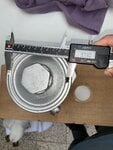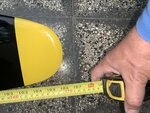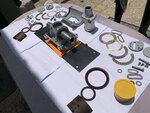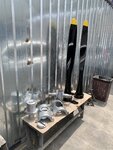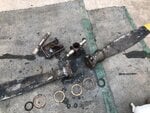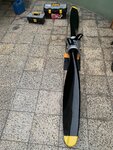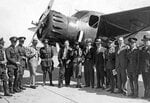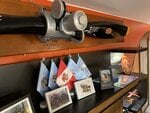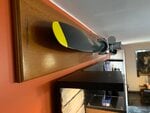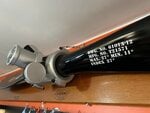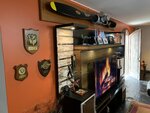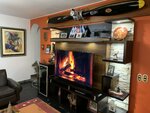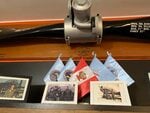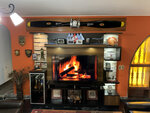Hello. I would like to get some help with a Hamilton Standard propeller I am restoring for display purposes. I found this numbers:
DWG 6101A-12 (just in one blade)
MFG T21571 (in one blade)
MFG T21572 (in the other blade)
Shank 56151
I am trying to find out:
-What airplane it was used on (I believe it belongs to a Texan T-6)
-Low angle and high angle information
-Is the DWG the type of the propeller?
-Is the MFG the serial number from each blade?
Thank you for your help.



DWG 6101A-12 (just in one blade)
MFG T21571 (in one blade)
MFG T21572 (in the other blade)
Shank 56151
I am trying to find out:
-What airplane it was used on (I believe it belongs to a Texan T-6)
-Low angle and high angle information
-Is the DWG the type of the propeller?
-Is the MFG the serial number from each blade?
Thank you for your help.

